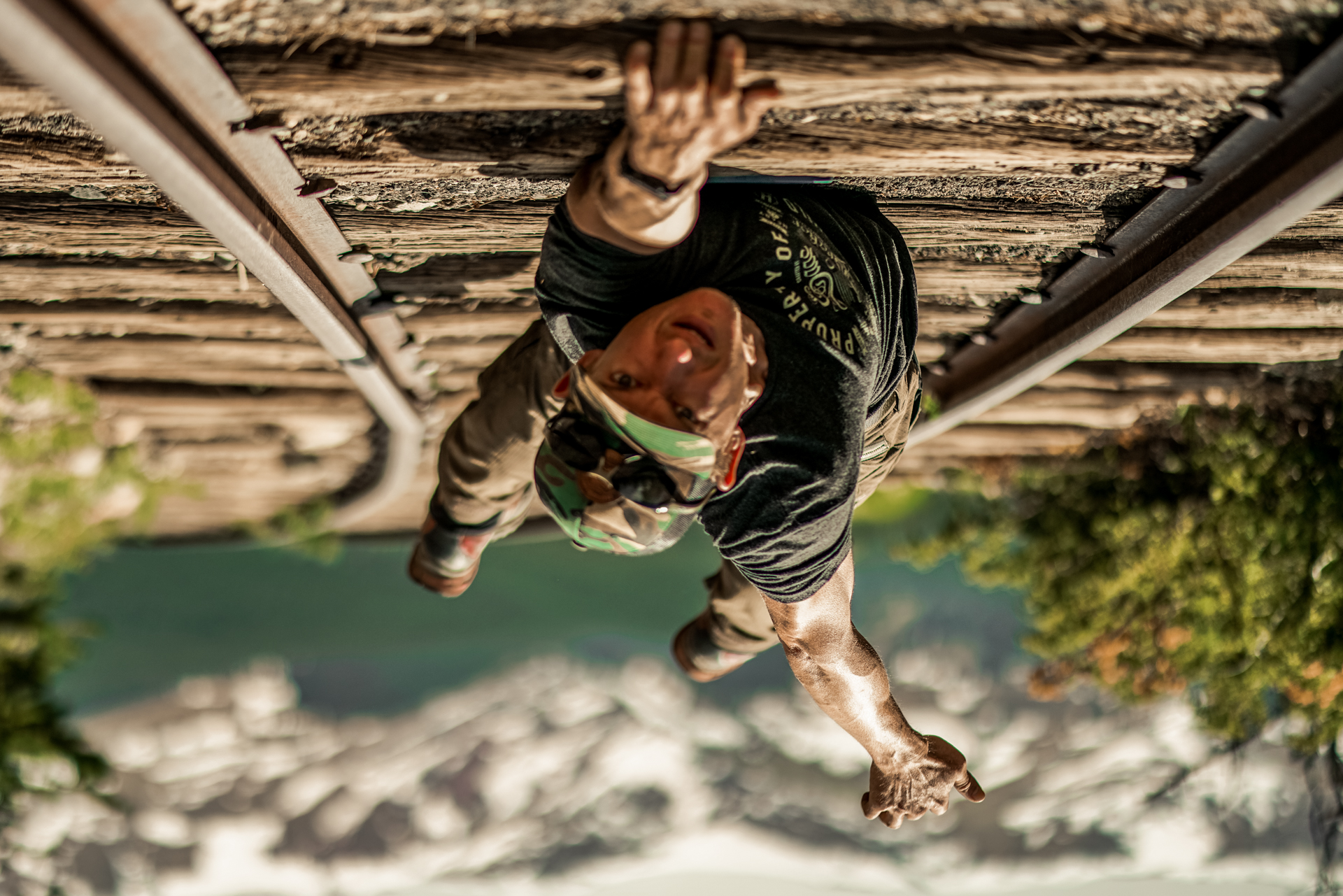From Ordinary to Extraordinary: The Power of Perspective in Photography
FACT CHECKED ✅
Understanding and utilising different perspectives in photography can elevate ordinary scenes into extraordinary images. This article explores various techniques and tips for transforming everyday moments into captivating photographs. By mastering the art of perspective, photographers can enhance their visual storytelling and engage viewers on a deeper level.
 |
| Different perspectives can elevate ordinary scenes into extraordinary images (📷 giantess.wiki) |
The Magic of Perspective
Perspective in photography refers to the way objects appear in relation to each other and the viewer's position. It is a powerful tool that can drastically alter the impact of an image. Whether you’re shooting a bustling street scene or a serene landscape, understanding how to manipulate perspective can turn a mundane shot into something truly remarkable.
 |
| (📷: youtube) |
Understanding Perspective: A Photographer's Guide
Perspective is about more than just angles; it’s about how the spatial relationships between objects are conveyed in a photo. Here are some foundational concepts:
Linear Perspective: This is the most common type of perspective, where parallel lines appear to converge as they recede into the distance, creating depth.
Aerial Perspective: This involves using atmospheric effects, like fog or haze, to create a sense of depth.
Forced Perspective: A technique that uses optical illusion to make objects appear larger, smaller, closer, or farther away than they really are.
 |
| Forced Perspective uses optical illusion (📷: fredbohm) |
Techniques for Enhancing Perspective in Photography
To master perspective in photography, consider incorporating the following techniques:
Change Your Viewpoint: Get low to the ground or shoot from a high vantage point. Changing your position can drastically alter the perspective and impact of your photograph.
Use Leading Lines: Roads, paths, and fences can draw the viewer’s eye into the photo and create a sense of depth.
Frame Within a Frame: Use natural frames like windows or archways to add depth and focus to your composition.
Play with Foreground and Background: Include elements in the foreground, middle ground, and background to create a layered effect that adds depth and interest.
 |
| Perspective can drastically alter the impact of an image (📷: pinterest) |
The Impact of Perspective on Visual Storytelling
Perspective isn’t just a technical tool; it’s a storytelling device. The way you frame a shot can influence the narrative and emotion conveyed. For instance, shooting from a low angle can make a subject appear powerful and imposing, while a high angle can make them seem vulnerable or small. By thoughtfully considering perspective, photographers can craft more compelling and emotionally resonant images.
 |
| The way you frame a shot can influence the narrative and emotion conveyed (📷: wallup) |
Practical Tips for Experimenting with Perspective
Here are some practical tips for experimenting with perspective in your photography practice:
Use a Wide-Angle Lens: This can exaggerate perspective, making closer objects appear larger and more dominant in the frame.
Experiment with Distortion: Deliberately using lens distortion can create unique and intriguing perspectives.
Capture Reflections: Using reflections in water, glass, or other surfaces can add an interesting twist to the perspective of your photos.
Shoot in Different Weather Conditions: Fog, rain, and mist can change the way perspective is perceived, adding mood and depth to your images.
Case Studies: Masters of Perspective in Photography
Studying the work of photographers who excel in using perspective can provide inspiration and insight. Consider these examples:
Henri Cartier-Bresson: Known for his decisive moment photography, Cartier-Bresson masterfully used perspective to create dynamic and engaging compositions.
Ansel Adams: His landscape photography often utilised dramatic perspectives to convey the grandeur of nature.
Vivian Maier: Her street photography offers unique perspectives on everyday life, highlighting the extraordinary within the ordinary.
 |
| Ansel Adams often utilised dramatic perspectives to convey the grandeur of nature (📷: Ansel Adams) |
Mastering perspective in photography can transform your work, making ordinary scenes extraordinary. By experimenting with different techniques and approaches, you can enhance your visual storytelling and create images that captivate and inspire.
⭐⭐⭐
Note: This article is part of our ongoing series aimed at helping photographers enhance their skills and creativity. Stay tuned for more insights and tips every Tuesday.
*AI assisted



Comments
Post a Comment